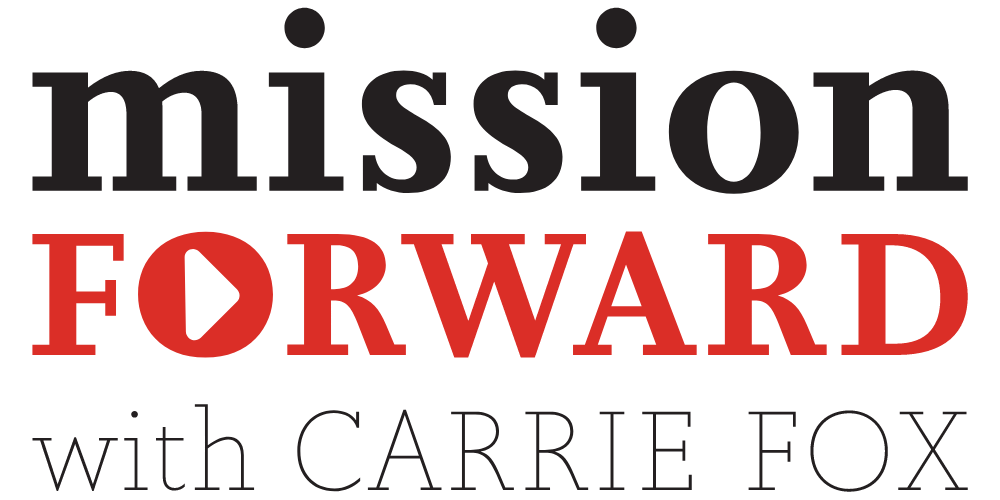The ABCs of Bridging
This article is part of Finding the Words, a newsletter that delivers practical insights on the day’s issues.
Did you catch last week’s USC-Stanford Women’s Basketball Game? The one in which freshman JuJu Watkins led her team to victory after a record-breaking 51-point performance that led to a 67-58 win over No. 4. Stanford?
As if watching Watkins on the court wasn’t magical enough, what she did post-game is also worth a watch.
As Watkins conducted a post-game broadcast interview from the sideline, she learned that her performance broke a school record and that she had scored the most points out of any player—on any Division 1 team— this season. “More to come,” Watkins said before the announcer joked: "Caitlin Clark, who?"
Watkins, displeased by the comment connecting her to another college basketball phenom, quickly shut down the line of questioning. "Ah, Nah, don't do that," Watkins replied. "Don't do that, much respect there."
While it might seem like a small exchange, it had no small effect. Watkins’ quick thinking and assured answer showed her character, and deepened fans’ interest in her as a player and a person.
Watkin’s post-game interview, while brief, not only shows what it looks like to let your character come through in conversation, it’s also a terrific example of what I call the ABCs of Bridging: Acknowledge the question, Bridge from tricky ground, and Continue onto your message.
Acknowledge. Bridge. Continue.
As Watkins instinctively knew, a message is only effective if delivered, reported, and remembered. Bridging is a helpful tool to get a reporter back to the heart of your message. The objective is to respond to a question as briefly as possible and then deploy a verbal bridge to get to the message you want to convey.
In my media and presentation trainings, I often tell participants to watch videos of public speakers and spokespersons as if they’re watching game film: Learn from their mannerisms, watch how they listen to questions and formulate concise answers, and listen for their bridges. Then, get out into the world and practice your public speaking skills daily.
Even if you don’t have an interview scheduled for months, you’ll find that every day can present opportunities to practice public speaking and bridging. And in these practice moments, you’ll learn first-hand what Watkins did so effortlessly: the best spokespersons are anything but robotic. They know how to listen carefully, acknowledge questions, bridge to the heart of their message, and continue.
Here are a few more quick tips from my media trainings that can help you build a daily practice of public speaking:
Go beyond the expected. Being an effective spokesperson means being ready for the unexpected. Think about who your audience is and what they might ask you. Force yourself to think beyond the expected questions to uncover the tough questions. Remember, preparation leads to increased confidence, which leads to your ability to achieve your goal: delivering a compelling message on behalf of your organization.
Keep your eyes on the audience. The best place for your eyes is on your audience—not in your notes or on your presentation. Practice holding your gaze long enough to connect with your interviewer or audience. When referencing notes, use them as a reminder rather than a crutch. Nothing should ever come out of your mouth when looking down at those notes.
It’s not just WHAT you say; it’s HOW you say it. Facial expressions, gestures, eye contact, posture, and tone of voice all matter. Taken together, we communicate more than our words convey. Practice not just writing your talking points but ensuring time to practice speaking them aloud to be aware of facial expressions, gestures, eyes, and tone of voice.
Bottom Line: You can’t control what the media asks, but you can control what you say. Let your character shine through by listening carefully to the audience, acknowledging questions, and bridging to your message. And by keeping your audience at the center of the story, you’ll be ready for prime time in no time.
This post is part of the Finding The Words column, a series published every Wednesday that delivers a dose of communication insights direct to your inbox. If you like what you read, we hope you’ll subscribe to ensure you receive this each week.






